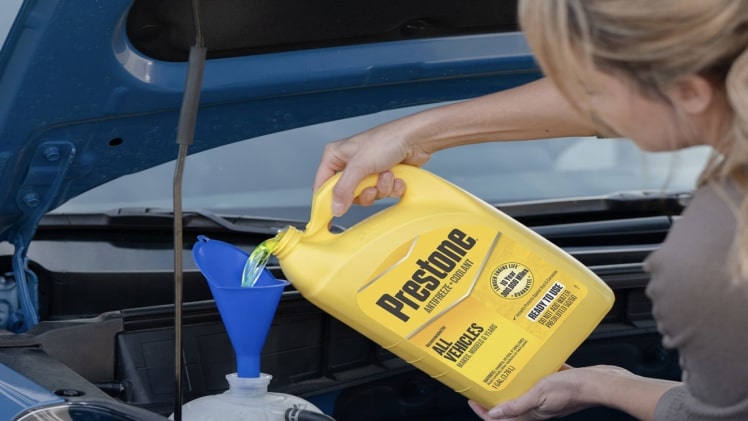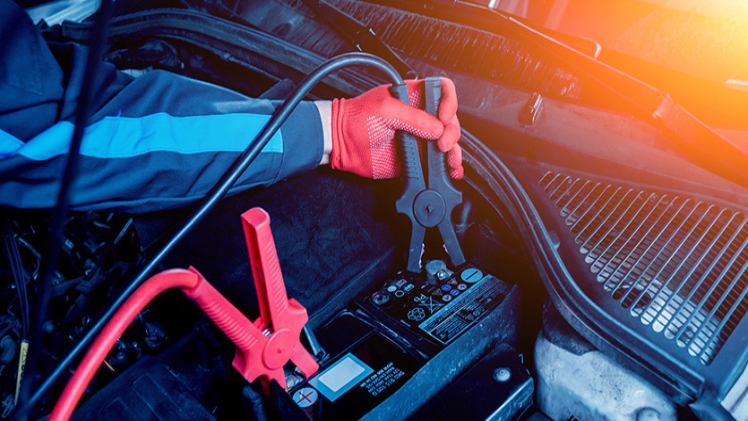When the winter rolls around, what steps do you take to protect your car and ensure optimum functionality? Many people will change the oil, check the breaks, swap the windshield wipers, and replace the tires, but not everyone will change or update the coolant.
Coolant is an integral fluid in your vehicle, and while it is designed to last around 100,000 miles in newer vehicles, there is no guarantee that it will. Everyone drives differently. The more you push your car, the harder the engine works, and the harder the engine works, the more the radiator pushes the coolant through the system to cool everything down.
The winter is a dangerous time for driving. You need to ensure you winterize your vehicle, including its fluids.
Why Coolant Is Important for Your Car
Coolant, or antifreeze as it is often called, is a mix of water and propylene glycol or ethylene. The liquid plays a critical role in your vehicle’s operation.
The cooling system circulants the liquid throughout the radiator and engine to prevent overheating, allowing your vehicle to operate optimally. However, coolant is not an everlasting liquid and will need to be replaced about every 100,000 miles, depending on the car and its use.
If coolant is not maintained regularly, it can lead to problems. For example, old coolant can result in radiator damage that might cause a coolant overflow. Essentially, you should consult the car’s owner’s manual to figure out the appropriate replacement and maintenance schedule. If you do not know where the manual is, talk to your mechanic or other automotive specialists for advice.
Signs of Failing Coolant
In the process of learning how to winterize your car, you also need to learn to watch for signs your vehicle’s coolant system needs servicing. One of the first signs that your system’s coolant is not adequate is the temperature gauge is consistently reading hotter than usual when the car is running.
Another common sign of failing coolant is hearing a grinding noise from under the hood of your car. Additionally, you might notice the strong odor of boiling maple syrup.
Finally, you might begin to notice bits or flecks of rust in the coolant liquid. If you have a leak, you will see green or orange fluid pooling under the car.
Reasons To Update Your Coolant in the Winter
The winter is more challenging for your car’s engine and all its parts and fluids. The fluctuating temperatures and dampness of the seasons can wreak havoc on the integral system. Because of the challenges of winter, it is best to winterize your vehicle, including updating your coolant. There are at least five benefits or reasons for replacing your coolant as the weather turns.
- Avoid Freezing
- Reduce risks of damaging the engine
- Highlights leaks
- Results in optimum cooling
- Keeps warranties valid
When is the last time you check your coolant? Contact a local auto parts store to discuss your coolant options and the best methods for changing it.





